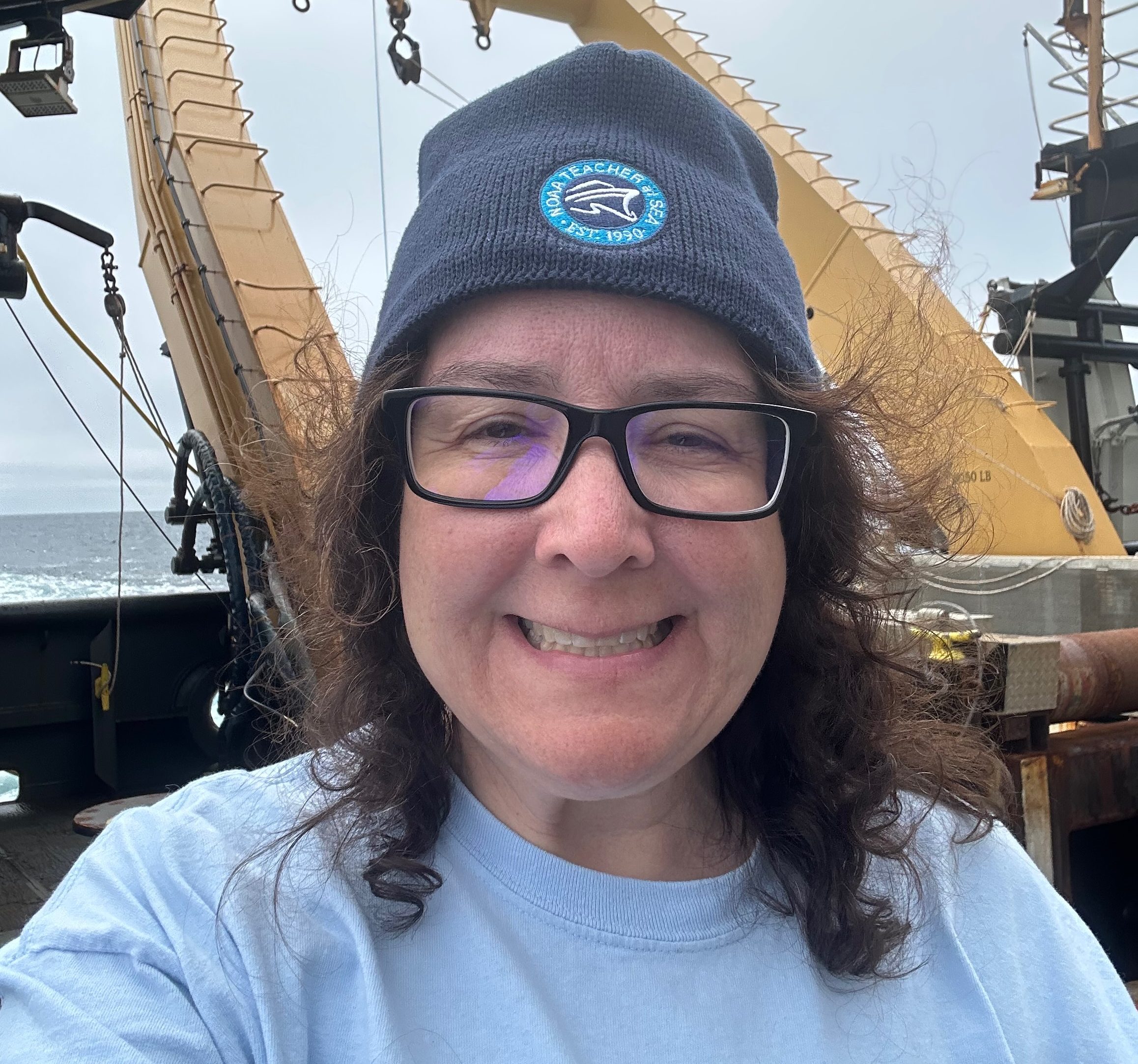One panel I attended at the 2019 AAAS Meeting was titled Plastics in the Oceans: Sources, Sinks and Solutions. This was the first scientific session I attended at AAAS, after a full day of science communication talks, and this was by far one of the most exciting collection of science talks I had attended in a long time – not just because it is relevant to my teaching and interests, but these presentations allowed me to hear about findings beyond my own current level of knowledge. “Mind blowing” is the way I described these talks to my students! I shared some of the information with my classes when I returned from the meeting, and I hope they can learn more from this blog post.
First, the session description:
Plastic marine debris is one of the leading environmental problems of our time. In the past decade, research on the sources, spread, and biological implications of plastic pollution in the marine environment has substantially increased in scope and scale. To date, researchers have published thousands of peer-reviewed articles, with topics ranging from the accumulation of debris in the North Pacific Subtropical Gyre to the proliferation of microplastics throughout food webs. Yet key aspects of the ecological and social implications of human-generated waste in the environment remain underexplored. Though the vast amount of plastic debris research provides a solid foundation for understanding the issue’s immensity, there are still gaps in knowledge on how the influx of plastics into the world’s oceans alters geographical barriers and essential ecosystem functions and services. In this session, attendees will learn how plastic marine debris links ecosystems and societies, as the panel discusses current scientific knowledge and the need for international collaboration in research and policy to target comprehensive solutions.
The session chairs started with some general comments, pointing out that plastics transcend boundaries politically, environmentally, etc. In fact, “marine debris” is now termed “plastic pollution.”
The first speaker was Dr. Jenna Jambeck (Univ. of Georgia) presenting on Plastic Inputs into the Ocean: Joining Together to Solve a Global Problem. Some take-home messages from her talk:
- 40% of plastics produced are for packaging and single use, and then end up as waste in one year
- In 2017, 8.3 billion metric tons of plastic was produced
- Remember that there are people behind all these data/numbers
- Producers/companies will take responsibility when held responsible for the disposal and waste (economic/deposit recycling)
- Learn more about the Marine Debris Tracker at: http://www.marinedebris.engr.uga.edu/
- The United Nations Sustainable Development Goals (SDGs) fit in to every topic of plastic pollution
The second speaker was Dr. James Carleton (Williams/Mystic) presenting on Endurance at Sea: Plastic Debris Enhances Transoceanic Biotic Exchange. Some items from his talk included:
- An earthquake offshore from Japan on March 11, 2011, triggered a tsunami. By March-April 2012, debris from Japan began to appear in Alaska and Canada.
- Boats began arriving from Japan on the west coast of the United States with “tide pools” in them. These “tsunami fish” that survived traveling in water in a boat are now being detected off California. We did not expect these fish to survive, but they are persisting on the Pacific coast. (see CNN story)
- Marine debris is underestimated as a vector. This differs from natural rafting of wood and pumice – for example, shipworms will consume wood (gone quickly), but plastic remains.
- Plastic alters the long-term impacts of a tsunami, and the long distance a species can be carried and survive. 1933 was the last time a tsunami hit this area, but we weren’t using this concentration of plastics like we are now.
The third panelist was Dr. Jennifer Provencher (Canadian Wildlife Service) presenting on Seabirds and Plastics Pollution: Birds as Monitoring Tools and Vectors. Her items of note included:
- We can track the type of plastic ingested over time.
- On Prince Leopold Island in Canada, 80% of the birds have plastic fragments in their stomachs. (*you can search YouTube for videos that show seabirds from several island/ocean locations that have ingested plastics)
- Chemicals and contaminants are appearing in the eggs of seabirds, specifically plastic-derived contaminants. This is happening through (a) ingestion and accumulation; (b) seabirds as vectors of plastics (flying from garbage patches to remote areas); and (c) plastics as a vector for contaminants (food security, appearing in people)
Here is a collection of papers cited by the presenters that I’ll be using for further exploration:
Thank you, AAAS, for this incredible panel! Sessions like these make it exciting to be a scientist and to hear the science, but also shocking and gut-wrenching to see how human creation and use of plastic is impacting Planet Earth.
On to more sessions…
